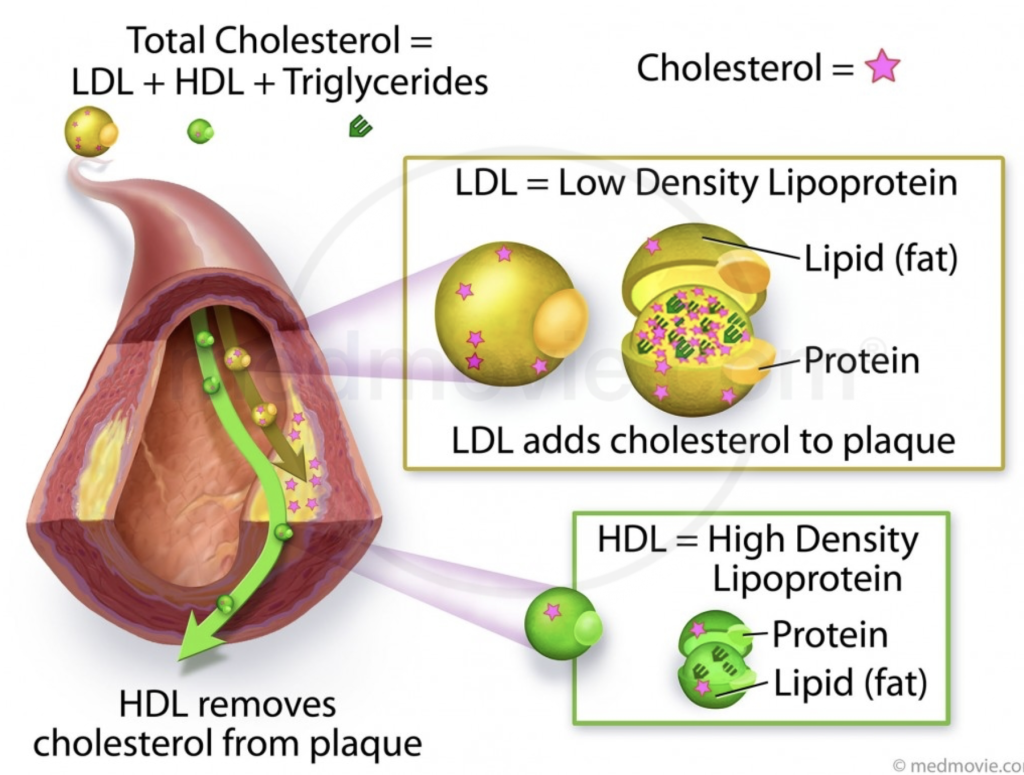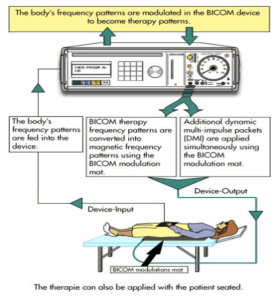Blog 19. Bioresonance Therapy and its Role in Supporting Lymphatic Function.
The lymphatic system is vital in eliminating waste, toxins, and unwanted bodily substances. It transports white blood cells within lymph fluid throughout the body, aiding in immune responses. Various disorders, including infection, cancer, and obstruction, can disrupt the lymphatic system’s function. According to information from the American Cancer Society, Castleman disease is a rare but potent condition that can impact this system.
Overview of the Lymphatic System
The lymphatic system comprises a network of lymphatic vessels connected to lymph nodes, where lymph fluid is filtered. Critical components of this system include the spleen, tonsils, thymus, and adenoids. Hundreds of lymph nodes are distributed throughout the body, some in regions like the armpits and groin. Major organs in the lymphatic system include:
- The spleen regulates blood storage and white blood cell production.
- The thymus is crucial for generating active T cells for immune responses.
- The tonsils are a primary defence against incoming materials through the nose or mouth.
Common Ailments
Several diseases affect the lymphatic system, with lymphadenopathy being a prevalent condition causing lymph node enlargement. Lymphedema is another common ailment resulting in swollen lymph nodes. Various types of cancers can also target the lymphatic system, causing related issues. Infections like HIV can lead to the enlargement of lymph nodes in specific body parts. Lymphoma, a form of lymph node cancer, is a widespread condition impacting the lymphatic system, affecting many individuals in the United States, as reported by the Leukemia & Lymphoma Society.
Bioresonance Therapy for Lymphatic Cleansing
Bioresonance therapy is a non-invasive treatment modality that utilizes electromagnetic frequencies to stimulate and balance the body’s energy patterns. It is believed to aid in detoxification and improve lymph flow, a vital component of the lymphatic system. By targeting specific frequencies associated with lymphatic function, bioresonance therapy aims to optimize lymphatic circulation and enhance the body’s ability to eliminate toxins and waste materials.
During a bioresonance session for lymphatic cleansing, electrodes are placed on the skin to detect and measure the body’s electromagnetic signals. These signals are then analyzed, and any irregularities or imbalances in the lymphatic system are identified. The therapy device generates corresponding corrective frequencies, which are transmitted back into the body to harmonize and rebalance the lymphatic system.
Advocates of bioresonance therapy for lymphatic cleansing claim that it can help alleviate symptoms associated with lymphatic congestion, such as swelling, discomfort, and compromised immune function. Additionally, it is said to enhance the body’s overall vitality and wellness by promoting a state of energetic equilibrium within the lymphatic system.
While research on the efficacy of bioresonance therapy for lymphatic cleansing is ongoing, some individuals report experiencing relief from lymphatic-related issues after undergoing a series of bioresonance sessions. As with any alternative treatment, it’s essential to consult with a healthcare professional before embarking on any treatment plan and to consider a holistic approach that includes a balanced diet, regular exercise, and conventional medical care.
The lymphatic system plays a crucial role in the human body by aiding in the fight against infections and diseases, as it helps eradicate harmful pathogens. While several conditions can disrupt lymphatic system functions, treatment options, including bioresonance therapy, offer practical solutions to cleanse and support the system. Bioresonance therapy, in particular, has demonstrated effectiveness in managing various conditions affecting the lymphatic system, providing promising alternatives for patients seeking relief.
Remember to subscribe to the channel! t.me/pnlclinic











